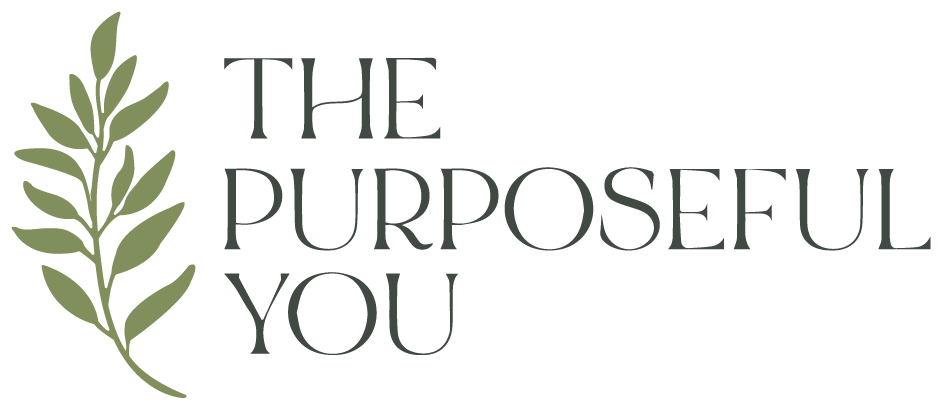5 Benefits of Raised Bed Gardening
Check out my Garden E-Book!
Did you know I wrote an e-book? It’s perfect for beginner gardeners in their first 3 years of gardening. Check it out and purchase my e-book here!
Are you considering starting a garden this year? Or perhaps you want to add some raised beds to your current garden? Whether you're a seasoned green thumb or just dipping your toes into the world of gardening, choosing a raised garden bed might be the perfect option for you. Raised garden beds offer numerous benefits that can enhance your gardening experience and yield bountiful harvests. Your time is one very important element to think about when gardening and raised beds can often save time. I also love to create “walls” in the garden with raised beds. You can learn more about raised bed gardening and planning in my new e-book. Click Here to learn more.
Here are five compelling reasons why you may consider raised bed gardening:
Better Drainage:
Raised garden beds are elevated from the ground, allowing excess water to drain away more efficiently. This is especially beneficial for areas with heavy rainfall or clayey soil (yup that’s us!) which can lead to waterlogging and root rot. With raised beds, you can prevent water from pooling around your plants' roots, reducing the risk of disease and promoting healthier growth.
Weed Control:
Weeds can quickly become a nuisance in in-ground rows, competing with your plants for nutrients, water, and sunlight. Raised garden beds provide a barrier between your plants and the surrounding soil, making it easier to control weeds. By keeping the bed well-mulched, using healthy soil and regularly tending to it, you can minimize weed growth and spend less time on maintenance tasks.
Extended Growing Season:
The elevated design of raised garden beds allows the soil to warm up faster in the spring, providing an early start to the growing season. Additionally, you can easily cover the beds with row covers or tunnels to protect your plants from late frosts in the spring or extend the growing season into the fall. This flexibility enables you to grow a wider range of crops and enjoy fresh produce for a longer period.
Accessibility:
For gardeners with limited mobility or those who prefer to garden without bending or kneeling, raised garden beds offer greater accessibility. The elevated height makes it easier to plant, weed, and harvest without straining your back or knees. This accessibility makes gardening more enjoyable and sustainable for people of all ages and abilities. An ideal garden bed height is around 18 inches.
Pest Control:
Raised garden beds can help mitigate pest problems compared to traditional ground-level gardens. By elevating the planting area, you reduce the likelihood of pests like slugs, snails, and some crawling insects accessing your plants. Additionally, you can easily install barriers around the edges of the raised beds with metal cages to deter pests, birds from eating seedlings or small animals like rabbits from getting in. This proactive approach to pest control can minimize damage to your crops, eliminating the use of plastic fabrics, promoting a more eco-friendly and sustainable gardening experience.
Now let's explore the top 20 vegetables and fruits you can grow in these versatile raised bed containers:
Tomatoes
Peppers
Lettuce
Spinach
Carrots
Radishes
Beans
Cucumbers
Zucchini
Squash
Eggplant
Kale
Strawberries
Herbs (such as basil, parsley, and cilantro, avoid mint as it spreads)
Swiss chard
Onions
Peas
Beets
Broccoli
Cauliflower
The ideal raised bed size is 8x4. This allows you to reach inside the bed without stepping in. If you are building a raised bed with wood, use untreated cedar. If you would like to save costs but still achieve the aesthetics, there are many metal options out there. They are non toxic, come in various sizes & colours. We love our metal raised beds from Green Experience (shown in the photo above, a Vancouver company). This is their L shape bed that fits on a patio or borders a garden nicely. You can purchase these by CLICKING HERE. Use code PURPOSEFUL10 for 10% off on your order, they ship within North America.
My goal is to encourage as many people as possible to start growing their own food no matter the size of their space! If you are a beginner gardener, I wrote an e-book called “How to Plan & Grow a Backyard Garden”. You can download and print if you desire to keep in your garden bag as a resource year after year. CLICK HERE to learn more.
Now, let’s grow some food together!
* Note: Some links featured in the above post are commissionable/affiliate links.









